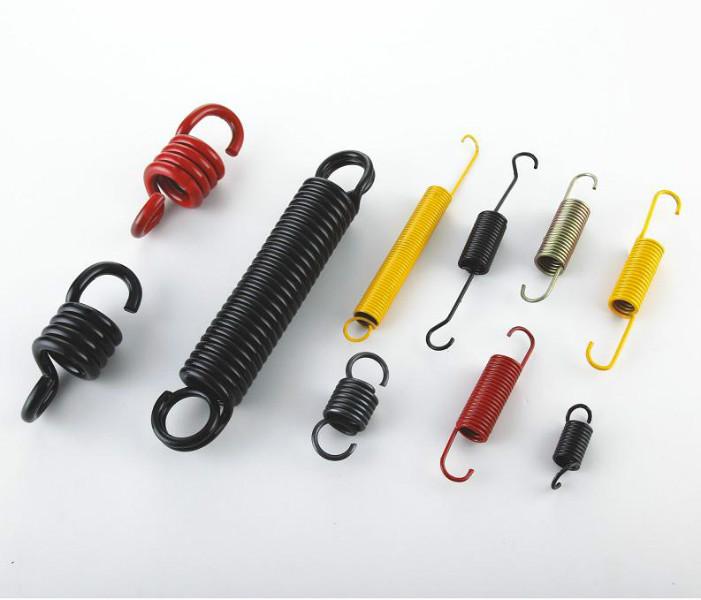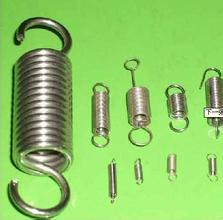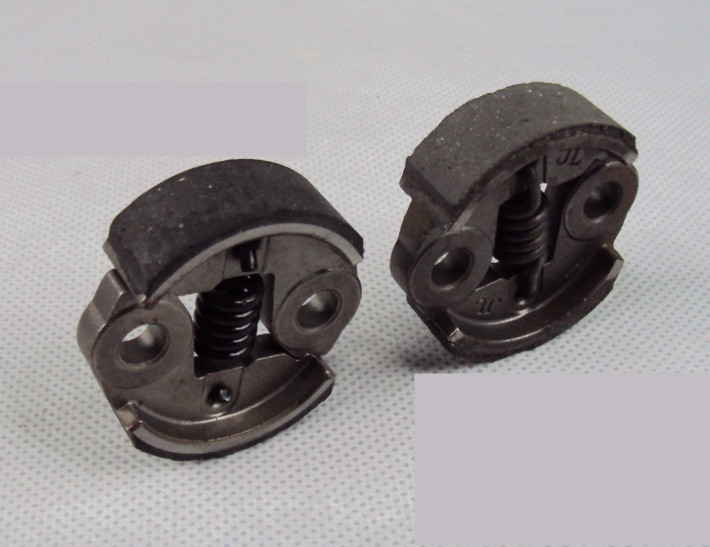1. Microbial pesticides or biochemical preparations are selected: microbial pesticides or biochemical preparations can not only prevent and cure diseases, but also pollute the environment and poison humans and animals, and are safe against natural enemies, and pests do not develop resistance. Such as Jinggangmycin, Chunleimycin, agricultural streptomycin, BT emulsion, agricultural anti-120.
2. Reasonable use of chemical pesticides: high-efficiency, low-toxic, low-residue chemical pesticides should be selected. The production of pollution-free vegetables is allowed to use certain low-toxic chemical pesticides, but the toxic residues in vegetables cannot exceed the national standards and they are in the human body. Metabolites are harmless and easily eliminated from the human body. Such as pyrethroid, ketid, Bordeaux, carbendazim and so on. It is strictly forbidden to apply high-toxic, high-residue chemical pesticides such as methamidophos, carbofuran, omethoate, and monocrotophos. Some pesticides are low in toxicity but have a long residual period. For example, dicofol is not suitable for use on vegetables.
3. Strictly limit pesticide concentration and dosage: Pesticides have strict concentration and dosage requirements in use, especially vegetable production must be strictly controlled, even if it is allowed to use pesticides, it should not be excessive. In the production of vegetables, farmers are afraid that pests and diseases cannot be eliminated, and the dosage and concentration are often increased, resulting in excessive levels of phytotoxicity and pesticide residues, and also causing pest resistance to form a vicious circle.
4. Doing the right medicine: According to the law of the occurrence of pests and diseases, the best prevention and treatment period should be strictly controlled, so that the medicine can be used at the right time. For example, before planting or transplanting vegetables, measures such as seedbed, greenhouse application, soil treatment and chemical dressing should be adopted; when aphids and mites occur, and low-density of white meal occurs, local application is used. The application time should generally be used in the morning, and in the summer, it should be used in the afternoon or before watering.
5. Ensure a safe interval between pesticide use: There should be a certain number of days between the date of the last pesticide use and the date of vegetable harvest to prevent pesticide residues in vegetable products. Usually the number of days is: 6 to 8 days in summer, 8 to 11 days in spring and autumn, and more than 15 days in winter.
Author: Li Qiang Hua County Agricultural Technology Promotion Center
Extension springs are attached at both ends to other components. When these components move apart, the spring tries to bring them together again.Extension spring is a kind of spiral spring,which bears axial tension. It is made of raw material which the section is circle. When it doesn`t bear the burden,there is no gap between the coils.





Extension Spring,Stainless Steel Extension Springs,Small Extension Springs,Industrial Extension Springs
Changyi Precision Spring Co.,Ltd , http://www.cps-spring.com